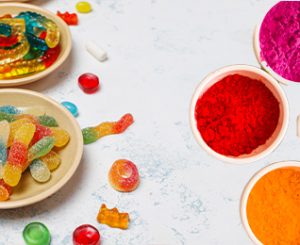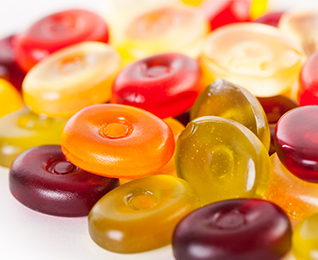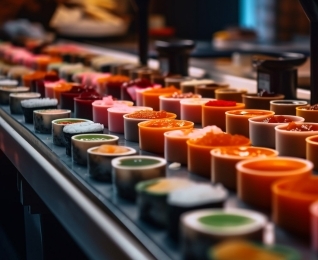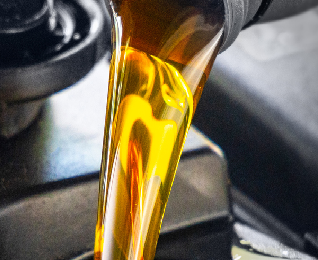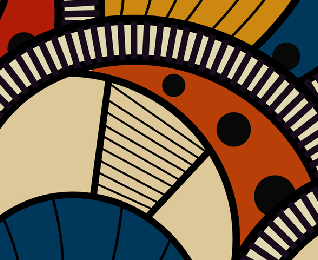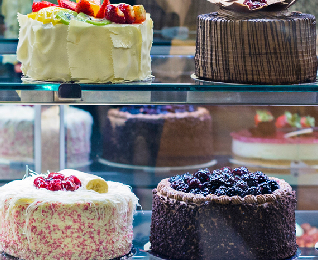Presentation is the key in the food industry...

Popping Cosmetic Shades With Pigments and Lake Colours
Chemical Reactions in Cosmetic Industry
While you enjoy colouring your lips with different shades on different occasions,have you thought of the chemistry behind those popping colours? Nude to subtle to vibrant to popping, how are these colours made? In ancient times.natural elements like fruit pulp, beet, and ghee were used as cosmetic products to enhance human beauty. As time evolved, so did the elements.Pigments, dyes, lake colours were introduced which proved to be unharmful for human skin. Cloth industry, cosmetic industry, food, drugs, etc, immediately adapted these colours for manufacturing the respective products. Natural colours were soon mixed with additives and infinite cosmetic colours were produced for eye shadow, lipsticks, blush, and every possible layer. Cosmetic industry became magical, sparkling and attractive as never before. Let us learn together the chemistry of the magical cosmetic world.
Cosmetics are categorised into organic and inorganic colours. The term organic does not define natural and pure as organic farming unlike the real meaning. Organic colours are further divided into dues, pigments, lake colours. Inorganic colours comprise mineral colours such as iron and zinc oxide.
Lake Colours
Lake colours are the foremost type of colours used in cosmetics and drug industry for coating the products. They are insoluble in nature and are produced by precipitation of soluble dyes with some metallic salt. Lake colours
can be easily emulsified into fats, sugar and oils along with dispersion in glycerine, sucrose and glycol. Superior level aluminium lake colours are manufactured and exported by Saujanya Exports to innumerable Pharma
companies and Cosmetic industries.
The need of today’s generation is to wear harmless and graceful makeup which can be attained through usage of the correct amount of Lake colours. The flexible aesthetics of Lake colours makes it the first choice for all industries. They are highly adaptable, extremely versatile and easily soluble as compared to dyes. Lake colours mix immediately with cosmetic oils which give a creme and glossy effect as end result in makeup products. Lake colours are available in powder and liquid form and their adherence with other substances gives the perfect texture to makeup, frostings, lip balms, dessert pastes etc.
Pigments
Bubble baths, fizzy baths with wonderful fragrances are our forever favourites.Busy days or relaxed days, a great bath makes it all smooth and fresh. All these shower gels and soaps are composed of chemically composed pigments. Pigments are insoluble unlike the lake colours and are divided into organic and inorganic pigments. Initially, naturally extracted products were
used in soap pigments for safety and durability. Lately, the manufacturing has shifted to labs which have proven to be more safe and consistent. Their use is cost comparatively cheap with availability in several colours. Pour soaps,cold processed soaps and hot processed soaps are all coloured with pigments only for consumer attraction. These pigmented elements contributw equally in the
baking and clothing industries.
All types of organic and inorganic pigments used in bath & body industry, baking and clothing are available with niche quality at Saujanya Exports. The biggest advantage of using pigments is that they are environment friendly causing less pollution in the atmosphere. Pigments are more chosen over dyes as they are cheaper, heat, light resistent, and all other weather conditions. Pigments adheres the colours for more years than dyes under all conditions. All the pigments are analysed and exported by Saujanya Exports without any comprise in quality.
Our hand picked fragrances, coloured cosmetics or clothes, all of it are the results of chemically compost lake colours and pigments in the laboratory. Next time you pick your lip colour or body wash, think about the lake colour or pigment applied to manufacture it.

